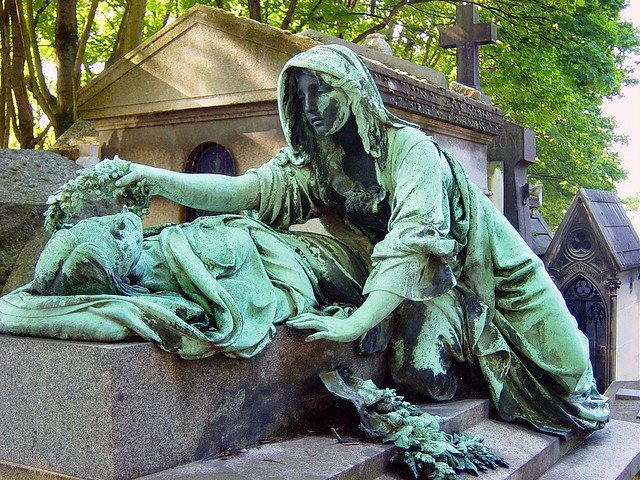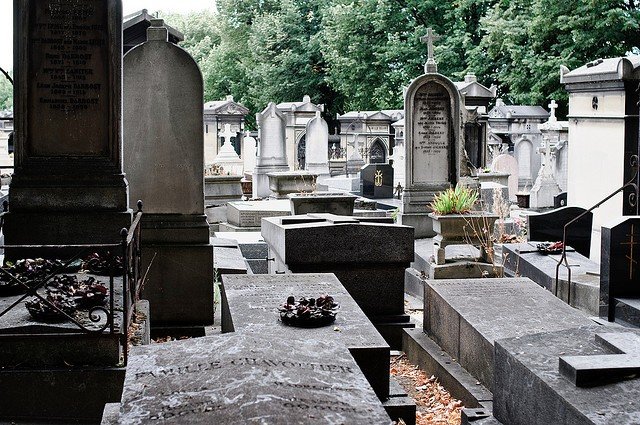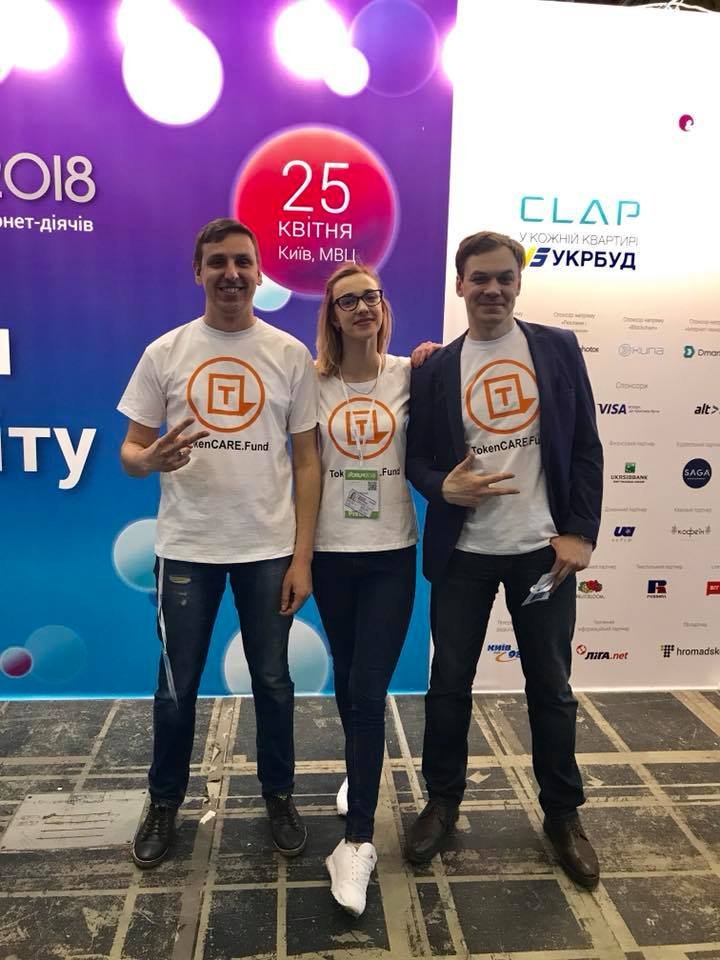In recent years, in many spheres of life have appeared apps that simplify the possibility of ordering something: taxi, meals-on-wheels, hotel booking, housing rental, etc. But the sphere of memorial services has long been behind the progress. Perhaps, this is due to the fact that the topic of death is very delicate and is associated with sad circumstances. At the same time, the memorial services market deals with billions of dollars and its digitization is inevitable.
The TombCare team suggested to shift this field to blockchain and create a kind of «ritual Uber». The idea of creating an international service that will allow inventorying of burial grounds and will work with the full functionality of services for the for the graveside care came to Andrei Simonov’s mind. Recently, the project has held a successful token sale, so we decided to find out the details of the platform development directly from the founder of the TombCare.

— When and why the idea of such a project appeared?
— The idea came in 2015 from my own pain, as they say. My father is buried in the Far North and his grave needs to be reached first by plane, and then several hours by car. I wanted the grave to be kept in good condition and on the memorable dates there was a delivery of flowers, because I can’t come every time. Then I thought: why there is no such a service which would allow to organize all this conveniently? There is a bunch of different options for delivering anything on the Internet, but no one has created a service which would help to close this problem yet. Yeah, there are some services where people can turn to, but their work needs to be controlled: to request a report, ton call, to ask to find exactly that grave. I thought that there was no quality service in this direction, began to find out, to wonder and indeed the number of requests is amounted thousands on the Internet. We are the first to make an attempt to digitize the sphere of memorial services.
— Where did the project’s name come from and how did you consider the concept of its functioning?
— I decided that this should be an international service, so we needed a fairly clear and simple name so that it can be easily to google. I stopped at «Tomb Care», so that everything was as clear and simple as possible. In 2015, I registered the name, but then I got distracted by the main business and the concept itself began to be thought out later. In fact, for 2 years we developed the idea, started talking to ritualists, joined the association of the funeral organizations (yeah, there is such a thing), started solving problems, changing programmers. Many projects start with someone else’s tracing paper and do just better, but we had no one to copy. Nobody did anything like this in this format, so we had to make all the mistakes ourselves.

— What reasons prompted the decision of making this project blockchain-based?
— The main task in our service is that all burial grounds to be inventoried. The idea is that by the surname, the person’s name and the cemetery you could find the image and GPS coordinates of the place. Additional functionality in possibility of adding an internal «Memory Book» and monitoring the condition of the burial place. In order to make an inventory, you either have to invest a huge amount of money yourself, or motivate people with the help of the program to do it themselves. We released TombTrack — it’s a very simple and easy-to-use app which anyone can use to become part of the system and to earn money. How it works? You download the app on the phone, go and take picture of the burial places, and then you can fill a full name, date of birth, date of death. Clarification: any graves can be added to the database in any quantity. The more graves will be added, the more likely to earn. The motivation is as follows (and this is the point of using blockchain): let’s call it «mining on cemetery». When a person goes and takes pictures of the burial ground, we in blockchain write a hash of data about this burial and about the user who filled it. And if any transaction (service order) takes place at these burial grounds, then the person receives a permanent passive income of 5 %. Relatively speaking, if you walk a few days, photograph and add information to the database, then for the rest of your life (if there are service orders) you can receive money in the form of our token. Also, many cemeteries are already digitized and if a person has this base, he/she simply places it in our base and also gets a passive income from all transactions in these locations.
The TombCare tokens are developed using the Ethereum ecosystem, in particular, using the Token ERC20 standard. Due to what the TombCare token will grow in price? At the stage of token emmision amount of turnover will be no more than $1 000 000, then the token will be used as an intrasystem charge unit and a means of transfer between different fiat currencies within the project. The global market volume of the ritual services compounds more than $ 200 000 000 000. Thus, with the release of the TombCare project into new markets and the increase in orders, the demand and cost of the token will grow.

— You’ve recently held fundraising for ICO. Tell us about how did the tokensele pass?
— ICO passed well and calmly, because we initially stated that we don’t need a lot of money. We had already had an MVP, recognition of what we do and why, we had invested a lot in development, so we announced a million dollars.
Our ICO-campaign was not interesting to hackers’ attacks. We collected a little more than a million and a small number of tokens remained on the balance, but we use them in the development of the project. We did not make a huge token sale, when you invest hundreds of thousands of dollars to get millions. Yes, we invested in marketing, but it was aimed at finding good investors. Therefore, the number of investors is small, but they all believe in the future of the project.